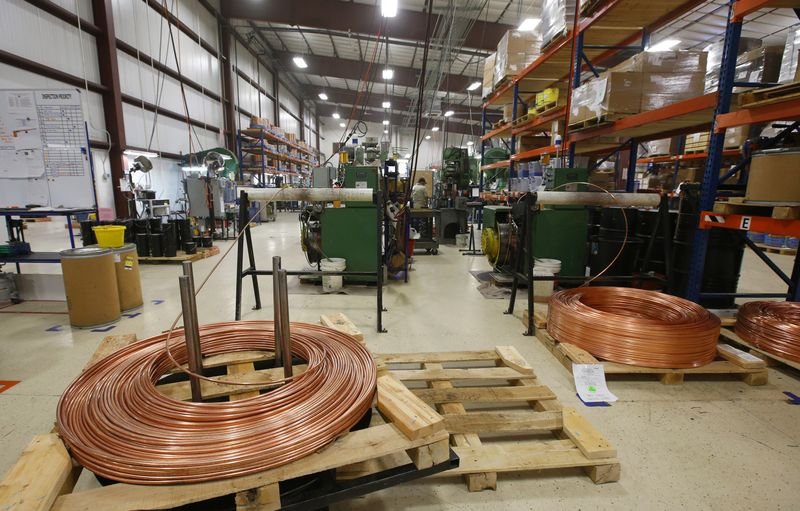Trump’s Revised Copper Tariffs Impact Comex Premium
In recent developments, adjustments to copper tariffs have created significant ripples in the commodities market, particularly affecting the Comex premium. The changes reflect President Trump’s broader strategy concerning international trade and tariffs aimed at stabilizing domestic industries.
Understanding the Context of Copper Tariffs
Tariffs play a pivotal role in international trade, influencing pricing, supply chains, and market dynamics. Copper, a crucial metal in countless industries, faces fluctuating tariffs that can either bolster or threaten its market stability. By reducing the tariffs on copper imports, the Trump administration aims to stimulate economic growth and borrowing.
Economic Implications of Revised Tariffs
The decision to lower tariffs on copper imports has resulted in a decrease in prices on the Comex, a major commodities exchange. This reduction has immediate consequences for various sectors, particularly construction and manufacturing, both of which heavily rely on copper. Lower tariffs can lead to decreased costs for manufacturers, potentially translating to lower prices for end consumers.
However, the downside of these revised tariff policies is evident as well. Domestic miners and producers could face stiffer competition from international suppliers, leading to potential job losses within the industry. The delicate balance between encouraging a competitive market and protecting local jobs is a significant concern.
Market Reactions to Changes
Investors and traders are closely monitoring these tariff changes. As the Comex premium diminishes, speculators are reassessing their strategies. Lower tariffs may lead to increased trading activity on the exchange, spurring both opportunities and risks.
Market analysts suggest that the current scenario could lead to more volatility within copper prices. As traders adjust their positions according to the new tariff landscape, fluctuations in pricing and demand could become more pronounced.
Global Influence on Copper Pricing
The international copper market is influenced by multiple factors, including geopolitical relationships, supply chain logistics, and global demand. The recent revisions to copper tariffs are part of a larger narrative that includes trade talks and negotiations with other nations. As the U.S. engages in these discussions, the outcome can significantly impact copper prices worldwide.
Countries that export copper to the U.S. are closely watching these tariff changes, as shifts in U.S. trade policy can directly affect their market share and pricing structures. The global nature of copper demand means that even slight modifications in U.S. tariffs can resonate through other markets, triggering a ripple effect.
The Future of Copper Tariffs
Looking ahead, the implications of these revised copper tariffs remain complex. Stakeholders from various sectors—ranging from domestic producers to international traders—will need to navigate this evolving landscape. Keeping abreast of potential further tariff adjustments will be crucial for making informed business decisions.
The outlook for copper tariffs remains tied to broader economic policies and market conditions. While lower tariffs may offer short-term benefits for consumers and industries reliant on copper, the long-term effects on domestic production and job security are still subjects of debate.
Key Takeaways on Tariff Adjustments
The adjustments to copper tariffs represent a significant shift in U.S. trade policy with far-reaching consequences. Understanding the nuances of these changes is vital for stakeholders across the board. As industries adapt to the new tariff regime, vigilance and strategic planning will be essential for navigating the evolving market dynamics of copper pricing and availability.
As the situation progresses, continuous analysis and interpretation of market data will aid in understanding the ongoing impact of these tariff changes. Challenges and opportunities are likely to arise, making it imperative for businesses to stay informed and flexible in their approach.
